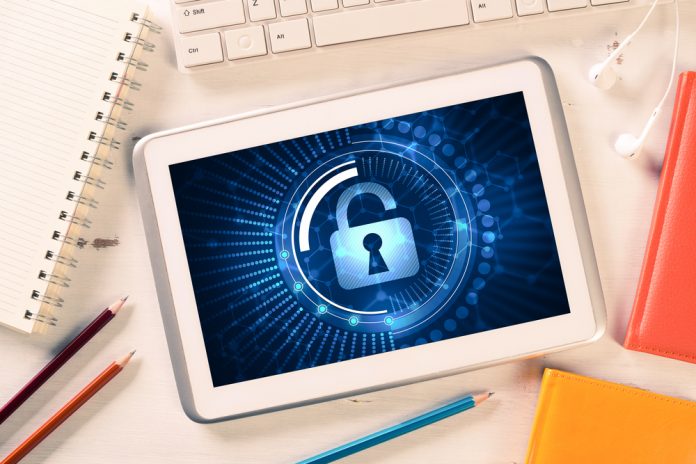Mass-scale ransomware attacks such as a Petya, WannaCry, and SamSam have thrust malware into the public’s consciousness and proven that no one is safe from the threat of ransomware. While security breaches at large corporations are often headline news, according to IBM it’s small businesses that are affected by 62 percent of all cyberattacks, about 4,000 per day. Many businesses are under the false impression that having a popular anti-virus solution protects them from cyber attacks. However, a recent survey from the SANS Institute shows that less than half of cyber attacks are detected by anti-virus programs.
The consequences of a cyberattack can be disastrous for a small business. Most businesses store proprietary information, records, and employee and client data on their computer systems, where that information is vulnerable to attack by cybercriminals. A ransomware attack can cost you your reputation, actual and legal damages, lost revenue, customers, wages and salaries – the Ponemon Institute estimates the average cost for a small business to clean up after a ransomware attack to be $690,000. With such a high cost, ransomware attacks can be a death blow to a small business. The US National Cybersecurity Alliance found that 60 percent of small companies go out of business within six months of a cyberattack.
Recognizing the threat of cybercrime and taking steps to protect data will minimize the chances of becoming a victim. An effective, multi-layered data security strategy for your business is essential to manage cybersecurity risks. Below are four ways to keep your small business safe from a cyberattack.
1. Backup your data.
Windows and MacOS both have built-in backup systems, but you should also routinely back your data up on an external hard drive or cloud-based system. If you use an external hard drive, be sure it’s kept safe and unplugged from the computer when you’re not backing up.
2. Conduct cybersecurity training.
Basic cybersecurity training can ensure employees are conscientious of what they’re opening and working on, and can prevent low-level threats from invading your systems.
3. Keep your systems updated.
Often the vulnerabilities that cybercriminals exploit are known vulnerabilities with available patches. All software providers offer updates to their software that can prevent ransomware from getting in through those known vulnerabilities.
4. Invest in both an anti-virus software AND a ransomware-specific software.
Cybercrime is constantly evolving, and today’s cybercriminals are often able to evade traditional anti-virus software. Some anti-virus software also experiences delays in detecting Zero-Day attacks, which can be critical for your business. Investing in software that specifically targets and automatically detects ransomware is imperative to a strong cybersecurity strategy.
Ransomware is more ubiquitous and sophisticated than ever. Focusing your efforts on prevention now, rather than scrambling to recover after an attack, will ensure your business’s finances and reputation stay intact. As with any type of security, remember that a multi-layered strategy is key. To protect your car from a break in, you roll your windows up, lock your doors, and keep valuables out of site. To prevent ransomware attacks, backing up your data, conducting cybersecurity training, keeping your systems updated and investing in the right software can make all the difference in your small businesses’ security.
Find a Home-Based Business to Start-Up >>> Hundreds of Business Listings.














































